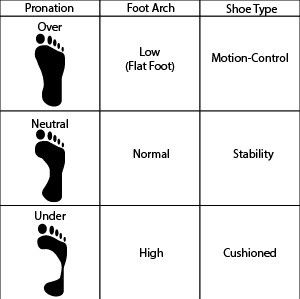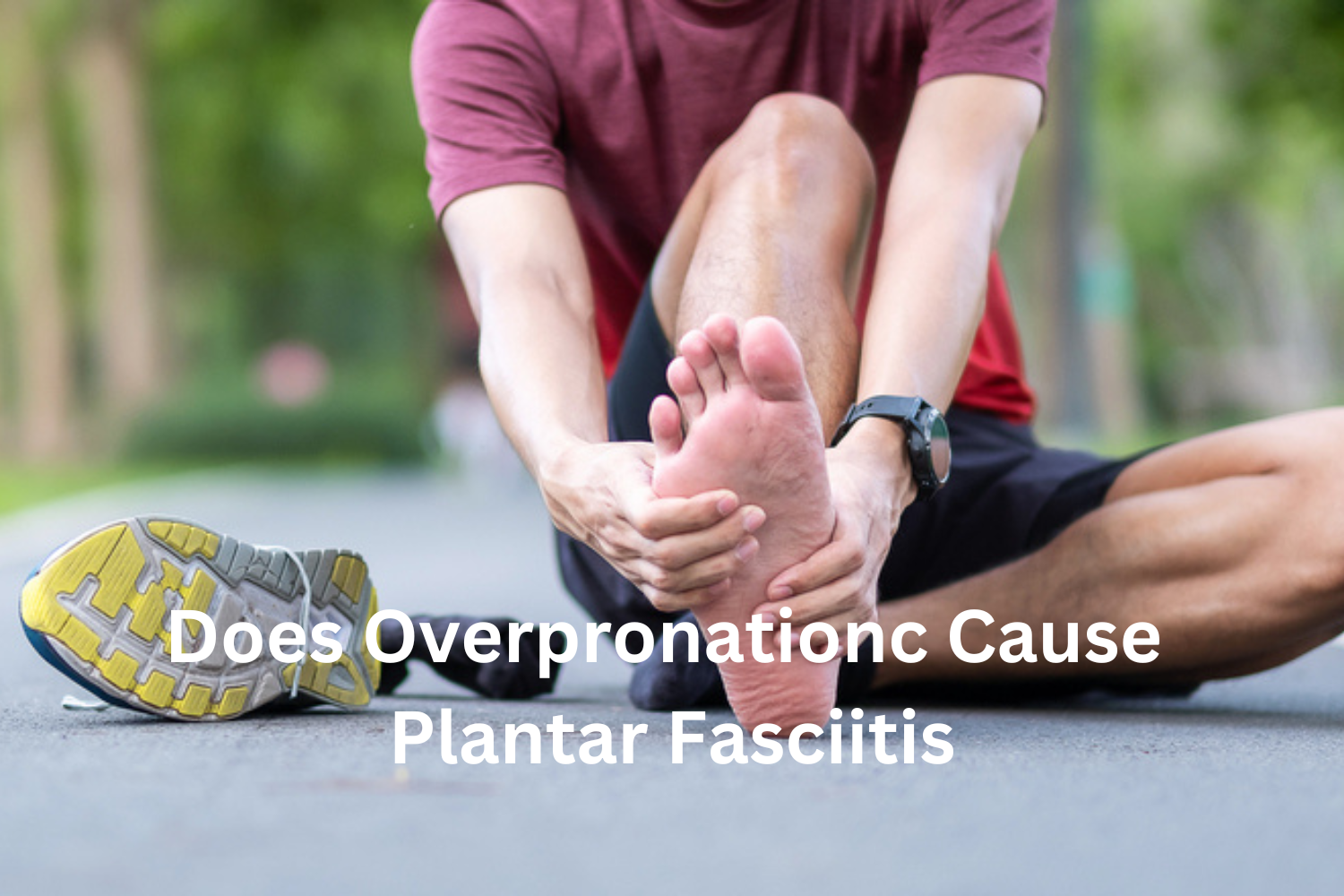Plantar fasciitis occurs when the plantar fascia, a strong band of tissue that supports the arch of your foot and connects your heel to your toes, becomes irritated and inflamed. It is the most common cause of heel pain, and it is believed that up to 10% of the population is affected by this. Pain is often felt on the medial heel and sometimes in the arch. Typically, the pain is worse in the morning with the first step out of bed and improves throughout the day as the tissue loosens. A lot of runners ask does overpronation cause plantar fasciitis.
Causes Of Plantar Fasciitis
There are a few causes of plantar fasciitis
- flat feet
- high arches
- unsupportive shoes
- shoes that don’t feet correctly
- People on their feet for long periods
- overpronation or underpronation (supination)
Does Overpronation Cause Plantar Fasciitis
Overpronation is definitely one of the leading causes of Plantar fasciitis. Pronation helps the body absorb shock and is a natural part of walking or running, but it becomes a problem when the inward roll is extreme. Overpronation occurs when your foot rolls inwards as you run, leading to flat feet. When an individual over-pronates, they become susceptible to injuries, as the movement and activity stress the muscles and other connective tissues of the foot, like the fascia band. This stress causes strain and microtears that eventually lead to inflammation and pain. Plantar fasciitis pain may come on slowly over time, but for most patients ends up being a severe condition.
Likewise, if you underpronate or supinate, your foot rolls outwards as you run, leading to high arches. This has the opposite effect causing the plantar fascia to tighten due to poor shock absorption in the foot.
The most important thing to find out if you suffer from plantar fasciitis is the root cause. Once you know the reason, you can try fixing it with any problem.
Overpronation/Supination Checks
A lot of runners are unaware of whether they overpronate or underpronate. There are a couple of ways to check this:
- Water test – Get a bucket of water and a piece of cardboard, stick your feet in the bucket and place them on the cardboard leaving a print. You are a supinator if you can only see an image of the ball of the foot and heel. You are an overpronator if you see a print of your whole foot. As a runner, you have a normal arch if you can see an image of most of your foot except for the arch.
- Look at your running shoes. If they wear the arch side on the shoes’ sole, you are an overpronator; if the wear pattern is on the outside edge of your shoes, you supinate.
- Gait analysis is a process of determining how our feet react when we run. Some sports shops do this with a machine, which is most accurate; others do it with their eyes.
- Yoga mat – When you stand on a yoga mat for a few minutes, when you move, you can see the imprint of your foot, but it only lasts a couple of seconds
Treatments Of Overpronation To Relieve Plantar Fasciitis
- Wear orthotic inserts – orthotics are supports you put into your shoes or runners, which help prevent overpronation. These are widely available to pick up over the counter, but it might be better to get them custom-made as they will be made specifically for your feet.
- over- the-counter painkillers – these can be used to relieve the pain of plantar fasciitis while trying to treat the overpronation
- Wear proper supporting shoes – all the major runner manufacturers make runners specifically for people that overpronate. It is essential to wear overpronating runners when we suffer from overpronation.
- Doing exercises that will help strengthen the arches and muscles helps overpronation. These exercises include
- clamshell – lie on the floor on your side with your knees bent and your legs stacked; keep your feet together, open your legs from your knees, and keep your hips stacked.
- rolling the feet – stand on your feet and move your weight to the outside of your feet and then roll them back to regular
- seated calf stretch – sit on a chair with your legs straight out in front with toes pointed, then hinge forward at the waist and reach for your toes
Final Thoughts
We have now looked at the question, can overpronation cause plantar fasciitis? As I have explained, it is one of the leading causes, but there are other causes. It is essential to know the reason why we suffer from plantar fasciitis so that we can treat it. We have gone through a few of the crucial treatments if it is overpronation causing it. There are also a few exercises that help strengthen the arches and muscles. I hope you now have a much greater understanding of how overpronation links with plantar fasciitis.

